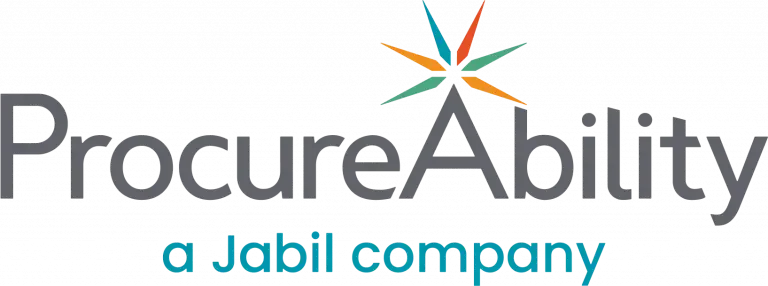
In today’s dynamic business environment, procurement leaders are under increasing pressure to drive value, mitigate risk, and support organizational ESG goals. One strategy that addresses all three? Supplier diversity. Supplier diversity programs, especially those that include Disadvantaged Business Enterprises (DBEs), enhance competition, foster innovation, improve community impact, and, most importantly, drive long-term business growth. In fact, companies that prioritize diverse supplier engagement see a measurable return in both procurement performance and market share.
What Is a Disadvantaged Business Enterprise (DBE)?
A Disadvantaged Business Enterprise (DBE) is a small, for-profit business that is at least 51% owned and controlled by socially and economically disadvantaged individuals. These individuals must manage day-to-day operations and maintain long-term control of the business. Types of DBEs commonly include Minority-Owned Business Enterprises (MBEs), Women-Owned Business Enterprises (WBEs), and Small Business Enterprises (SBEs).
Certification is typically handled at the local, state, or regional level, but most DBE certification programs require:
- 51% ownership and control by a socially and economically disadvantaged individual or group
- Operational independence and control of business decisions
- Responsibility for managing the workforce and fulfilling contract obligations
- Proof of financial viability and good standing
The Strategic Value of Supplier Diversity in Procurement
Incorporating more DBEs into your sourcing strategy does more than expand your vendor pool. It drives real value. Here’s how:
1. Enhances Competition and Innovation: Bringing diverse suppliers into competitive bidding processes challenges incumbent vendors to stay agile and innovative. DBEs often introduce fresh ideas, flexible models, and creative solutions that established players may overlook.
2. Drives Tier 2 Spend Impact: Even if your company doesn’t contract directly with a DBE, working with Tier 1 suppliers that subcontract to DBEs can elevate your Tier 2 supplier diversity spend, a critical metric in many ESG reports and customer audits.
3. Boosts Market Share: According to a Hackett Group study, companies allocating 20% or more of total spend to diverse suppliers reported that 10–15% of their annual sales were directly linked to supplier diversity programs. In contrast, companies spending less than 20% on diverse suppliers attributed less than 5% of their sales to such efforts. Supplier diversity is a growth engine, not just a cost center.
Meeting Procurement’s ESG and Social Impact Goals
Supplier diversity aligns directly with corporate social responsibility (CSR) and environmental, social, and governance (ESG) initiatives. By supporting businesses owned by historically marginalized groups, your procurement function helps level the playing field in the broader economy. Many DBEs face systemic barriers to entry, particularly limited access to capital. According to the U.S. Department of Commerce’s “Disparities in Capital Access” report:
- Half of all Hispanic families have less than $7,950 in wealth
- Half of all Black families have less than $5,446
- Wealth among white families is 11 to 16 times higher
This lack of capital makes it harder for minority entrepreneurs to secure loans, invest in their businesses, or scale operations. By awarding contracts to these businesses, procurement teams can directly improve economic equity and community stability.
Positioning for the Future: Demographic Shifts and Consumer Spending Power
The U.S. population is changing, and so is its purchasing power. A recent Department of Commerce projection suggests that up to 70% of the growth in consumer purchasing power from 2000 to 2045 will come from minority groups. By cultivating a supplier base that reflects this diversity, procurement leaders position their organizations to better understand and serve emerging markets. Diverse vendors often bring cultural fluency and local knowledge that help companies create more inclusive products and services.
A Long-Term Investment in Procurement Excellence
A robust supplier diversity program might not yield immediate savings, but its long-term benefits are clear:
- More agile and innovative supply chains
- Increased market share and brand loyalty
- Better risk mitigation through supplier diversification
- Improved ESG scores and regulatory compliance
- Stronger community and economic impact
Supplier Diversity is an Advantage
Procurement’s role is no longer just about cutting costs. It’s about driving strategic value, building resilient supply chains, and enabling inclusive growth. By incorporating DBEs into your sourcing activities, you’re not only meeting internal KPIs, you’re building a better future for your business and the communities it touches.



